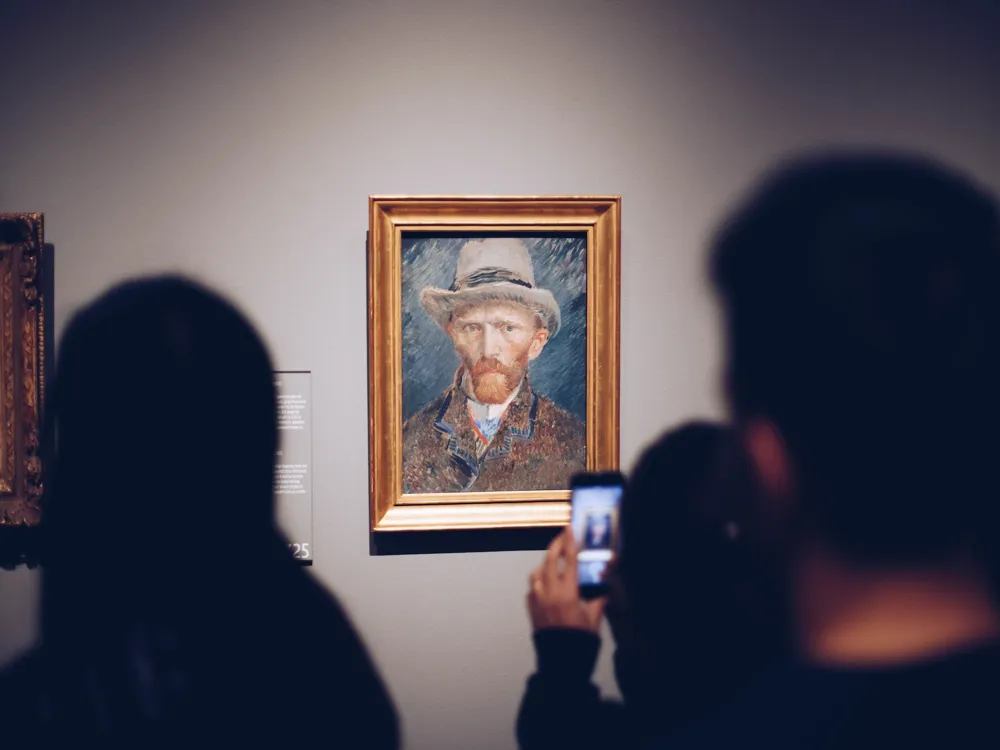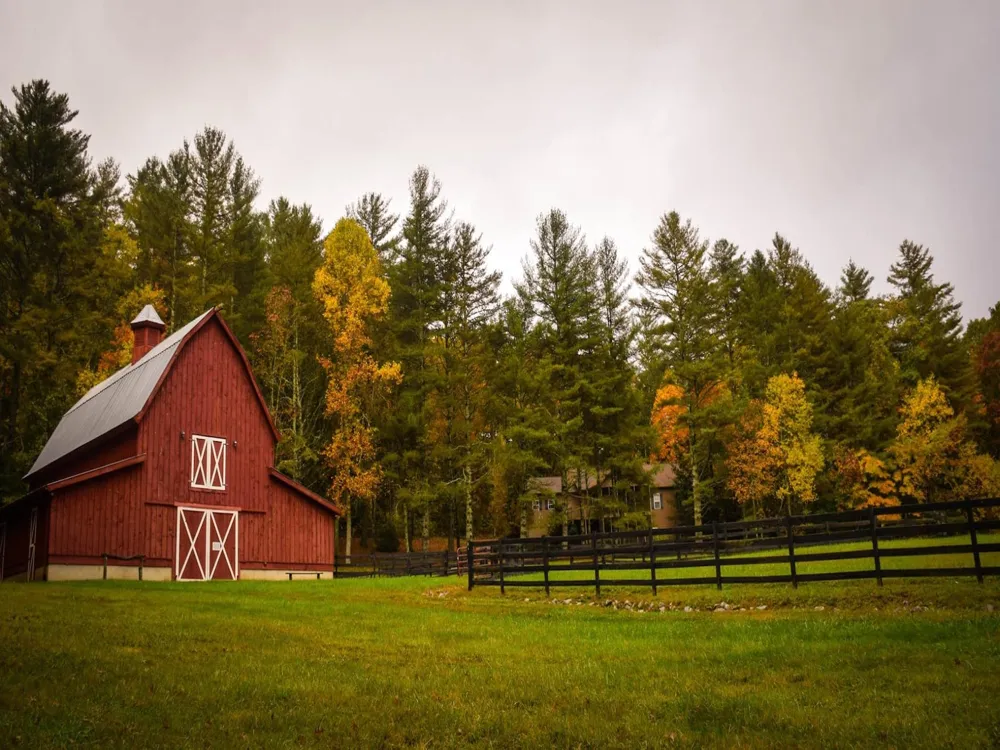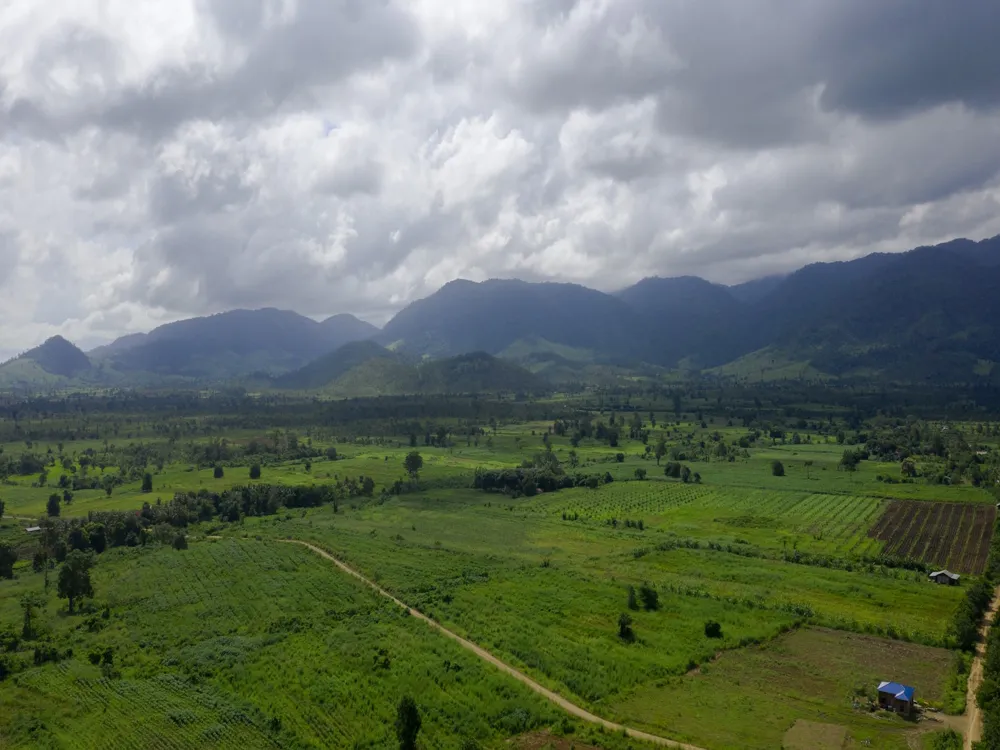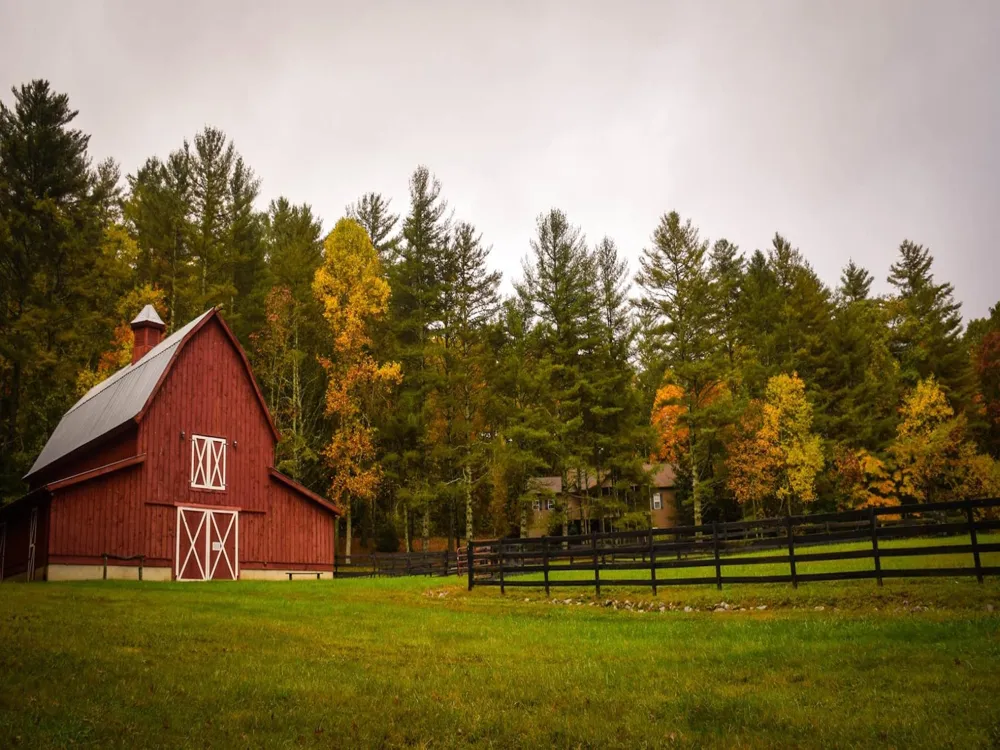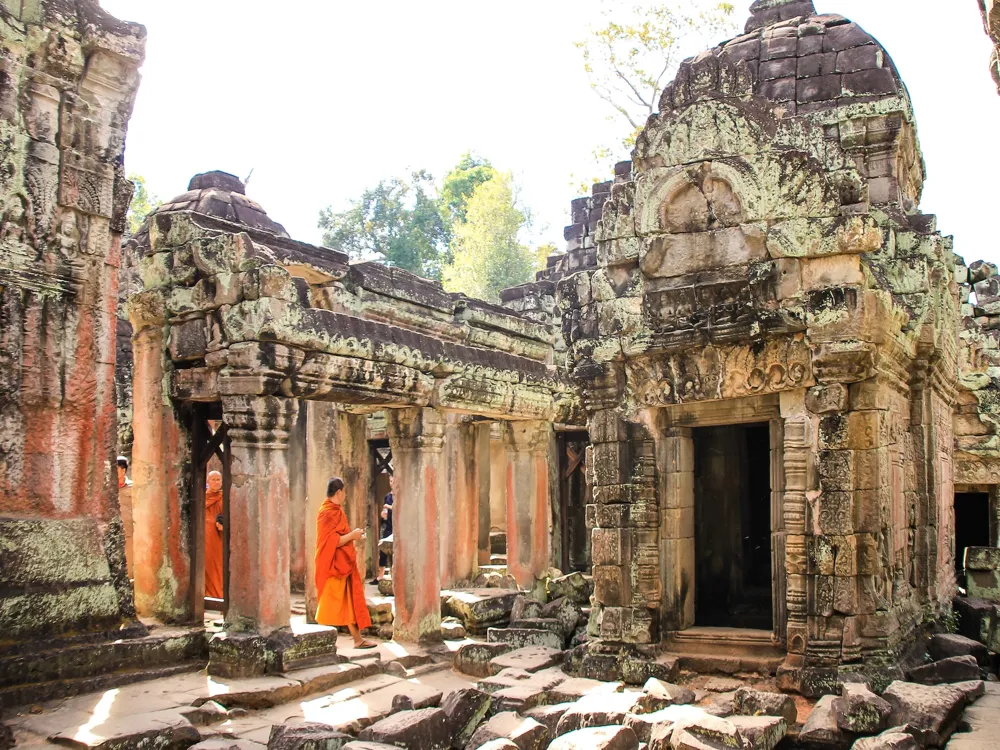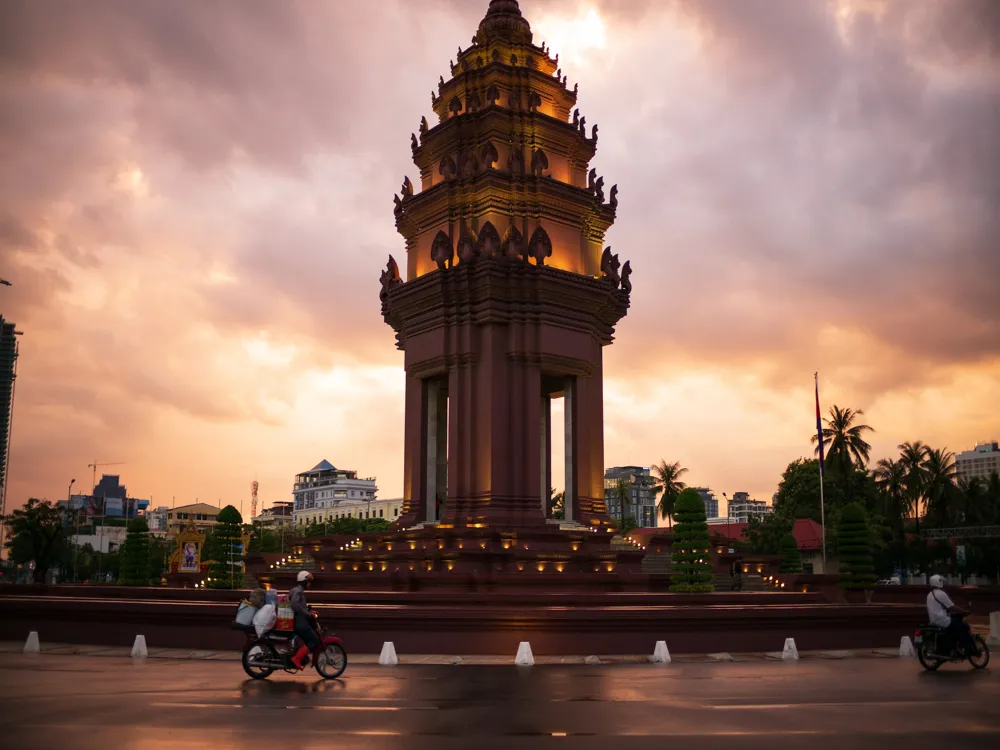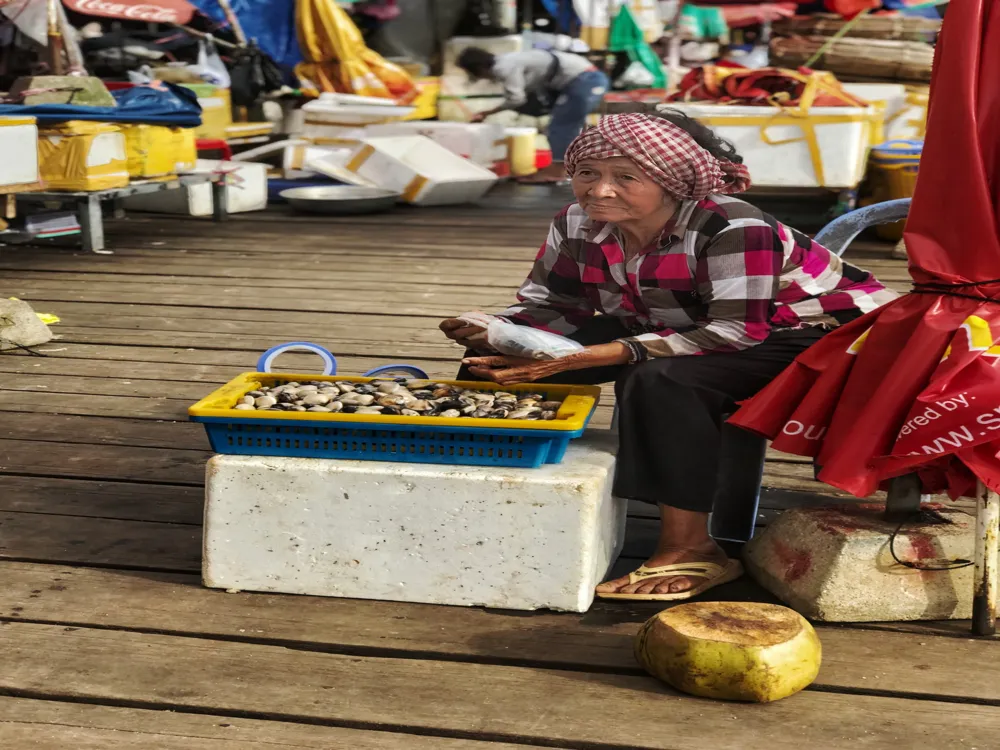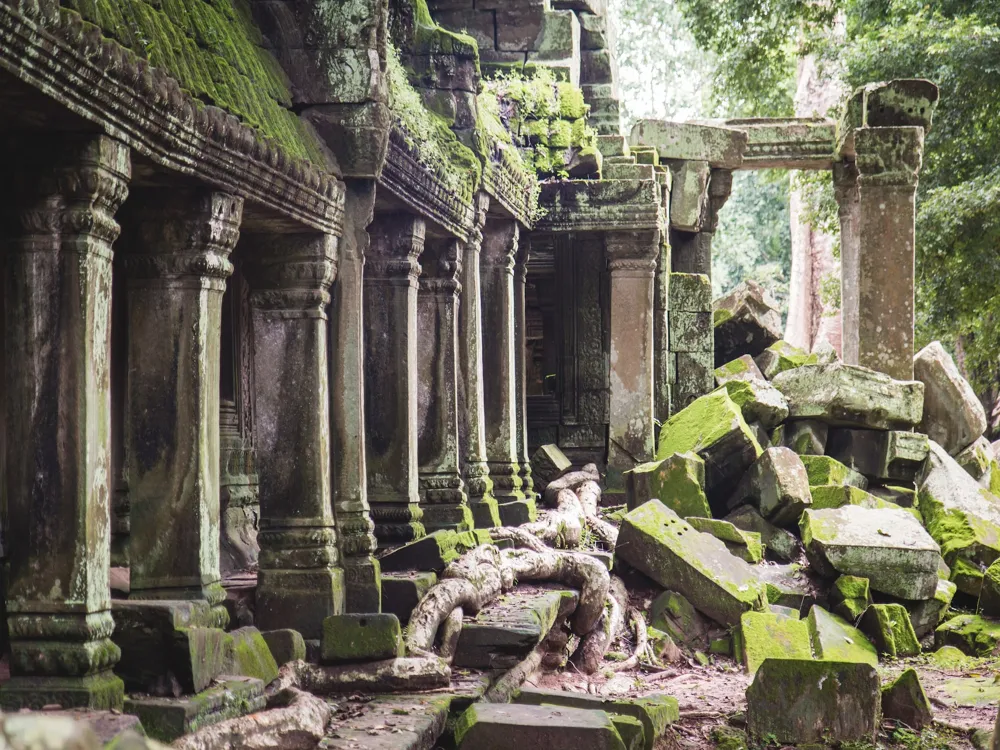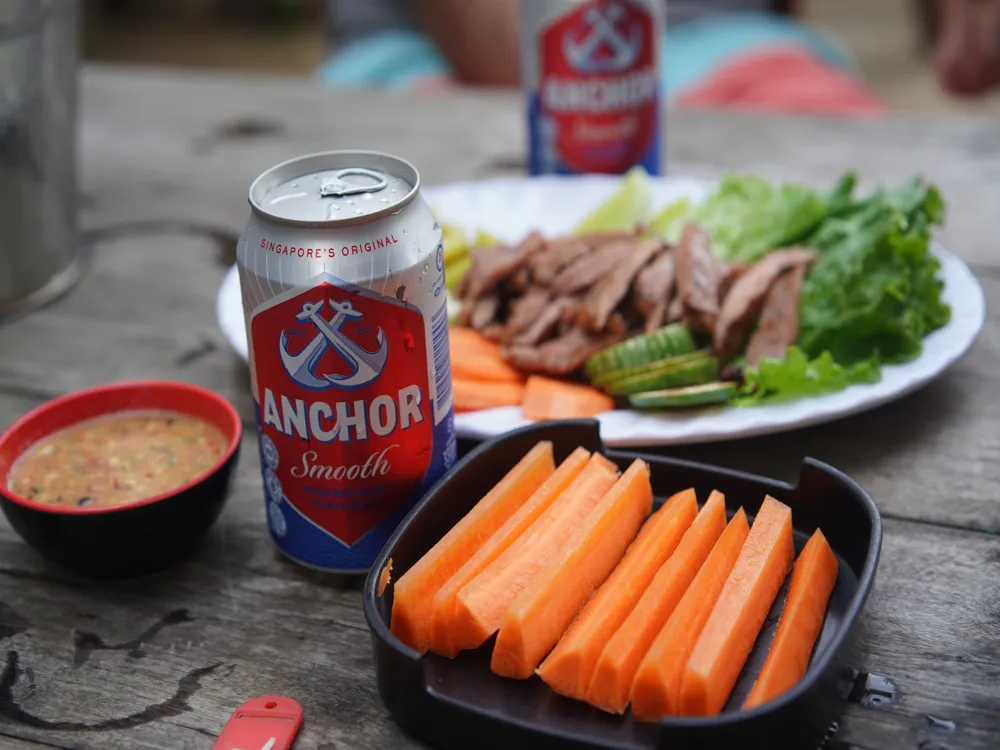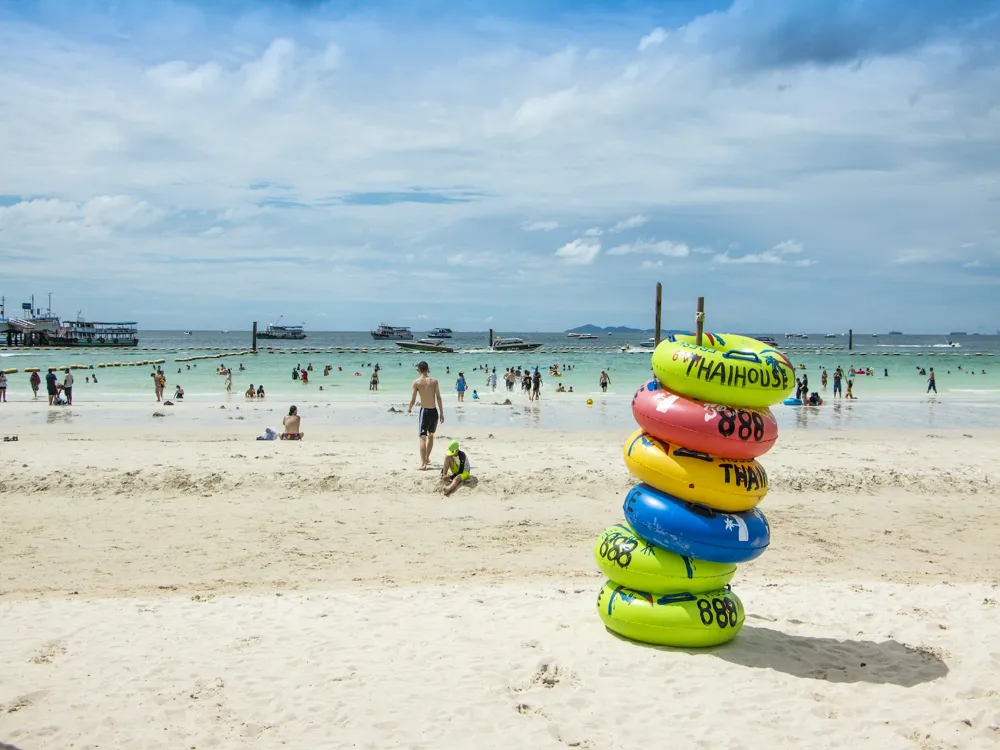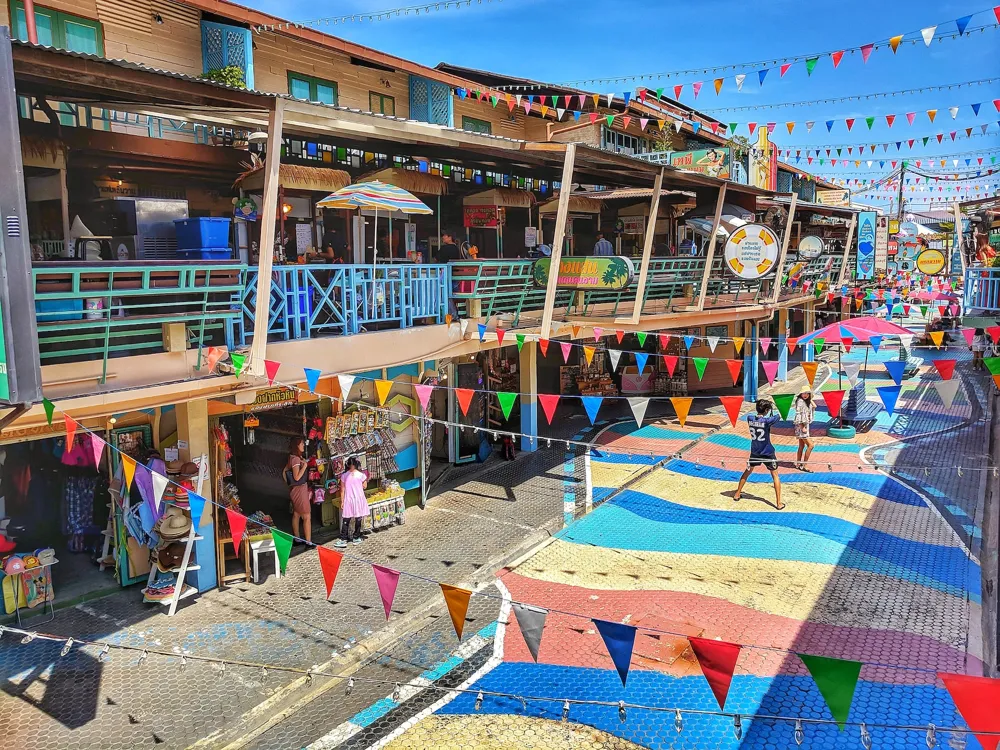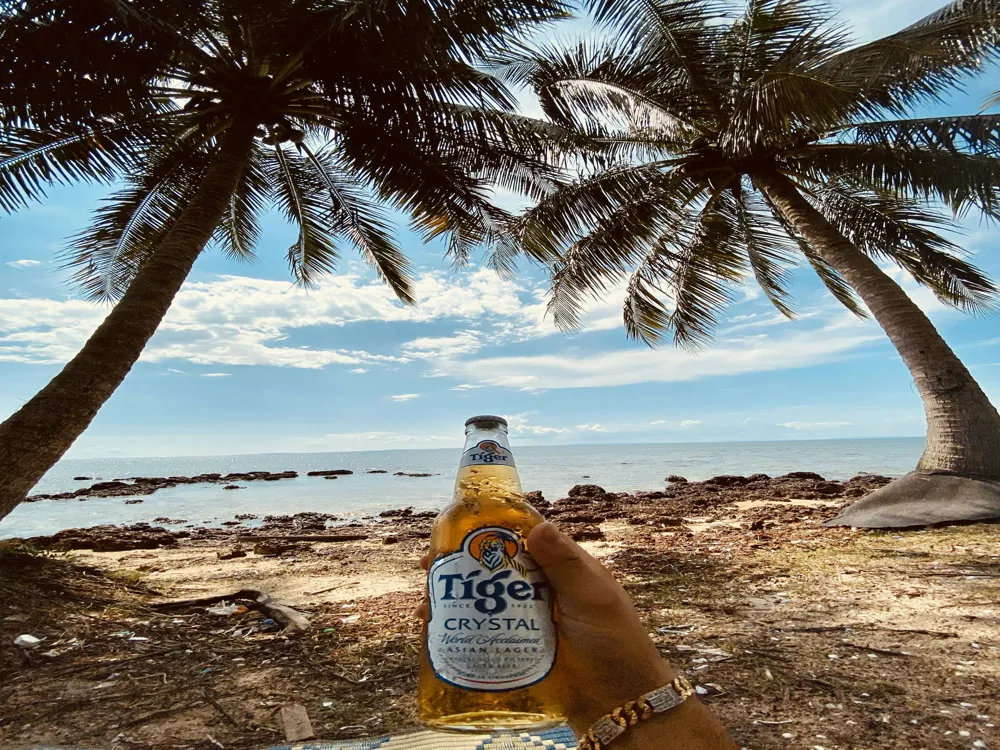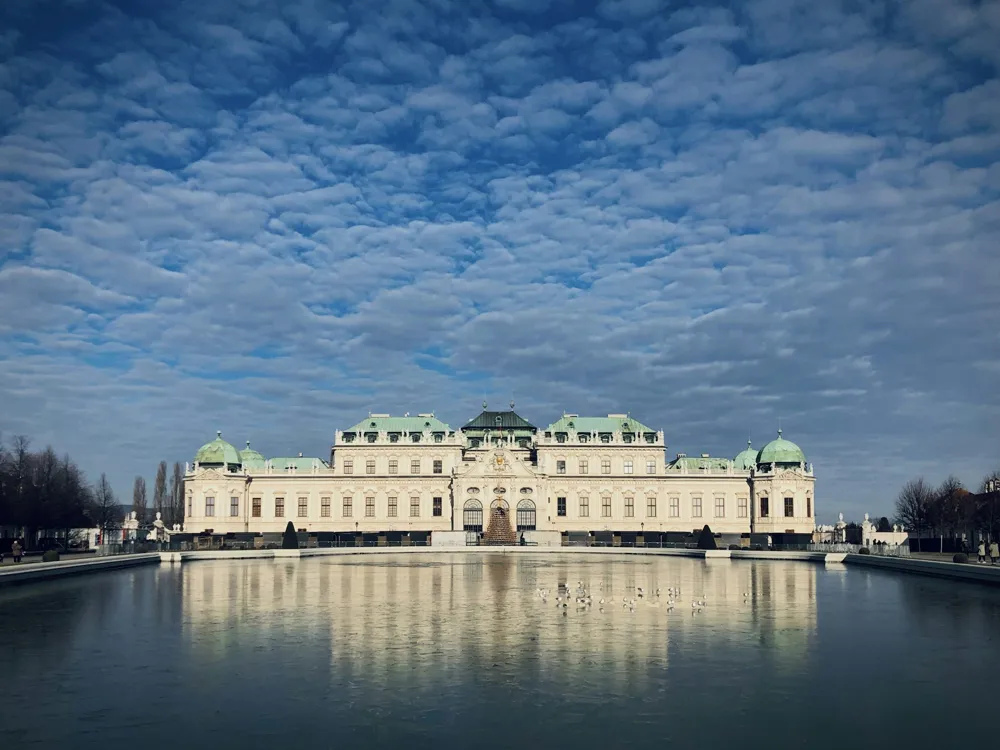Battambang, the second-largest city in Cambodia, is a treasure trove of history and culture. Located in the northwest of the country, it's known for its colonial architecture, ancient temples, and vibrant art scene. This riverside town, set against a backdrop of lush landscapes, offers a serene escape from the bustling capital, Phnom Penh. Battambang's history is rich and varied, having been a part of the powerful Khmer Empire and later influenced by French colonialism. This blend of cultures is evident in its architecture, cuisine, and arts. The city is also a gateway to exploring the nearby countryside, where traditional Cambodian life continues much as it has for centuries. Battambang's charm lies in its laid-back atmosphere and friendly locals. The city's streets are lined with well-preserved French colonial buildings, adding a unique character that sets it apart from other Cambodian cities. The Sangker River meanders through Battambang, providing a picturesque setting for evening strolls and boat tours. For history enthusiasts, the city is a living museum, showcasing Cambodia's past through its buildings, monuments, and museums. Battambang's art scene is flourishing, with numerous galleries and workshops promoting local talent, particularly in contemporary art and circus performances. Battambang has a storied past, having been a significant hub in the Khmer Empire, which controlled much of Southeast Asia. The region around Battambang is dotted with ancient temple ruins, remnants of this once-mighty empire. The city's history is also marked by its time under French colonial rule in the 19th and 20th centuries, which has left a lasting architectural legacy. Battambang's more recent history includes the tragic period of the Khmer Rouge regime, and several sites around the city serve as somber reminders of this dark chapter in Cambodia's past. The area around Battambang is renowned for its natural beauty. The city is surrounded by lush rice paddies, traditional villages, and the distant Phnom Sampeou mountain. Visitors can take guided tours to explore the rural landscapes and get a glimpse of the traditional Cambodian way of life. The nearby Battambang Bat Caves offer a spectacular natural phenomenon each evening, as millions of bats emerge at dusk in a streaming ribbon against the setting sun. Battambang's culinary scene reflects its cultural diversity. The city is known for its distinct Cambodian cuisine, with a touch of French influence. Local markets brim with fresh produce, and street food vendors offer a taste of authentic Cambodian flavors. Specialty dishes include amok (a coconut milk curry), bai sach chrouk (pork and rice), and fresh river fish dishes, reflecting the city's riverside location. Battambang's architecture is a fusion of traditional Khmer designs and French colonial influences, creating a visually stunning urban landscape. The city's architectural heritage is one of its most distinctive features, drawing visitors from around the world. Battambang's buildings tell the story of its rich history, from the ancient temples of the Khmer Empire to the elegant colonial-era structures. The French colonial era left a significant architectural footprint in Battambang. The city's central district is lined with well-preserved colonial buildings, characterized by their pastel hues, ornate facades, and shuttered windows. These buildings often feature a combination of European and local architectural elements, resulting in a unique style that has become a hallmark of Battambang. Alongside the colonial buildings, traditional Khmer architecture plays a significant role in the city's aesthetic. This includes ancient temples and pagodas scattered throughout the region. These structures, built from stone and wood, are adorned with intricate carvings and sculptures, showcasing the craftsmanship and religious devotion of the Khmer people. The temples often feature the classic Khmer roof design, with its characteristic steep, tiered layers. In recent years, Battambang has seen a growth in modern architectural developments. These new structures blend contemporary design with traditional elements, reflecting Cambodia's evolving identity. The city's commitment to preserving its architectural heritage while embracing modernity makes it a fascinating case study in urban development. The preservation of Battambang's architectural heritage is a priority for both local authorities and international organizations. Efforts are underway to protect and restore historic buildings, ensuring that the city's unique character is maintained for future generations. These initiatives also aim to raise awareness of the importance of heritage conservation in urban planning and development. The ideal time to visit Battambang is between November and February when the weather is cooler and less humid. This period also coincides with several local festivals, offering a deeper insight into Cambodian culture. Battambang is well-connected by road to major cities like Phnom Penh and Siem Reap. Within the city, tuk-tuks and bicycles are popular modes of transport. Renting a bike is a great way to explore the city at your own pace. Respect for local customs and traditions is important. Visitors should dress modestly, especially when visiting temples. It's also customary to remove shoes before entering someone's home or a religious site. Battambang offers a variety of dining options, from street food to upscale restaurants. Trying local dishes is a must. Visitors should also be aware of food safety and drink bottled water. Battambang is accessible by road, rail, and air. The most common way to reach the city is by bus or taxi from Phnom Penh or Siem Reap. Battambang also has a small airport, with limited domestic flights. The city's railway station offers a scenic train journey, providing a unique way to experience the Cambodian countryside.Overview of Battambang
Historical Significance
Natural Beauty and Surroundings
Cuisine and Local Delicacies
Architecture of Battambang
French Colonial Influence
Traditional Khmer Architecture
Modern Developments
Preservation Efforts
Tips When Visiting Battambang
Best Time to Visit
Transportation and Getting Around
Local Customs and Etiquette
Food and Dining
How To Reach Battambang
River Cruise Battambang
Battambang
NaN onwards
View battambang Packages
Weather :
Tags : Boating & Cruises
Time Required : 4 hours
Entry Fee : 5 USD
Planning a Trip? Ask Your Question
Battambang Travel Packages
View All Packages For Battambang
Top Hotel Collections for Battambang

Private Pool

Luxury Hotels

5-Star Hotels

Pet Friendly
Top Hotels Near Battambang
Other Top Ranking Places In Battambang
View All Places To Visit In battambang
View battambang Packages
Weather :
Tags : Boating & Cruises
Time Required : 4 hours
Entry Fee : 5 USD
Planning a Trip? Ask Your Question
Battambang Travel Packages
View All Packages For Battambang
Top Hotel Collections for Battambang

Private Pool

Luxury Hotels

5-Star Hotels

Pet Friendly








